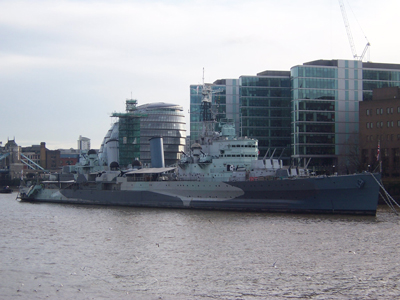
WWII: Maginot Line | Normandy | V-Weapon Sites | Arnhem
Further afield: Crete
| Home Tracing Military Ancestors Travel Advice CWGC Cemeteries Iron Harvest News Book Reviews Glossary Links Contact Me Normandy Landings:
 
|
Air & Naval OperationsAir Operations The assault on the beaches themselves would be preceded by the largest air bombardment in history involving almost 8,000 combat aircraft. RAF Bomber Command and the United States 8th Air Force were diverted from their strategic bombing missions over German for the month preceding the invasion and, together with the medium bombers, fighters and fighter-bombers of the US 9th Air Force, the Air Defence of Great Britain and the British Second Tactical Air Force, they spent April and May 1944 roving the skies of northern France attacking bridges, supply dumps, troop concentrations and transportation centres. As well as denuding the fighting capability of the coastal defences, the Allied aims were two-fold. Firstly, to “seal off” Normandy from the rest of France by preventing the movement of German reinforcements into the invasion area. Secondly, by continuing to conduct numerous sorties in the Pas de Calais region it kept the Germans guessing as to the likely site of the invasion. In both aims the Allies were successful and their overwhelming air supremacy was to play a major role in how the Normandy campaign was to develop. Naval Operations Whilst the aerial bombardment got into gear a no less impressive naval effort was being prepared. Due to the American naval commitment in the Pacific, the main burden of the enterprise fell on the Royal Navy. Their objective was three-fold:
Admiral Sir Bertrand Ramsey, the naval commander had, rather fittingly, been in command of the British evacuation from Dunkirk almost exactly four years before. He split his fleet into two groups – a Western Task Force responsible for landings on the American beaches and an Eastern Task Force to escort the British and Canadians that would land on “Gold”, “Juno” and “Sword”. To carry the assaulting and follow-up divisions, the Allies had developed a range of specialist ships and craft totalling over 4,000 vessels. These included Landing Craft Tank (LCTs) to carry the specialist armour, follow-up tanks, vehicles and artillery, Landing Craft Assault (LCAs) to carry the assault infantry and various other command, control, and supply craft, not to mention landing ships and other auxiliaries. Nor were all these vessels purely to disgorge troops onto the beach. LCGs possessed guns to engage beach defences, whilst the 36 LCT(R) fired massed salvos of rockets to clear particularly heavily defended sectors. To provide additional fire support during the run-in to the beach, self-propelled guns of the artillery regiments were trained to fire from the decks of their LCTs whilst still at sea. Heavy gunfire support, however, remained the job of the Allied navies and an awesome bombarding force of seven battleships, two monitors, 23 cruisers and over 250 destroyers, sloops and escorts was assembled. These included the USS Nevada and Texas with 14-in guns, HMS Ramillies and Warspite with 15-in guns and, later, HMS Rodney with nine 16-in guns firing shells weighing 2,500 lbs.
|
